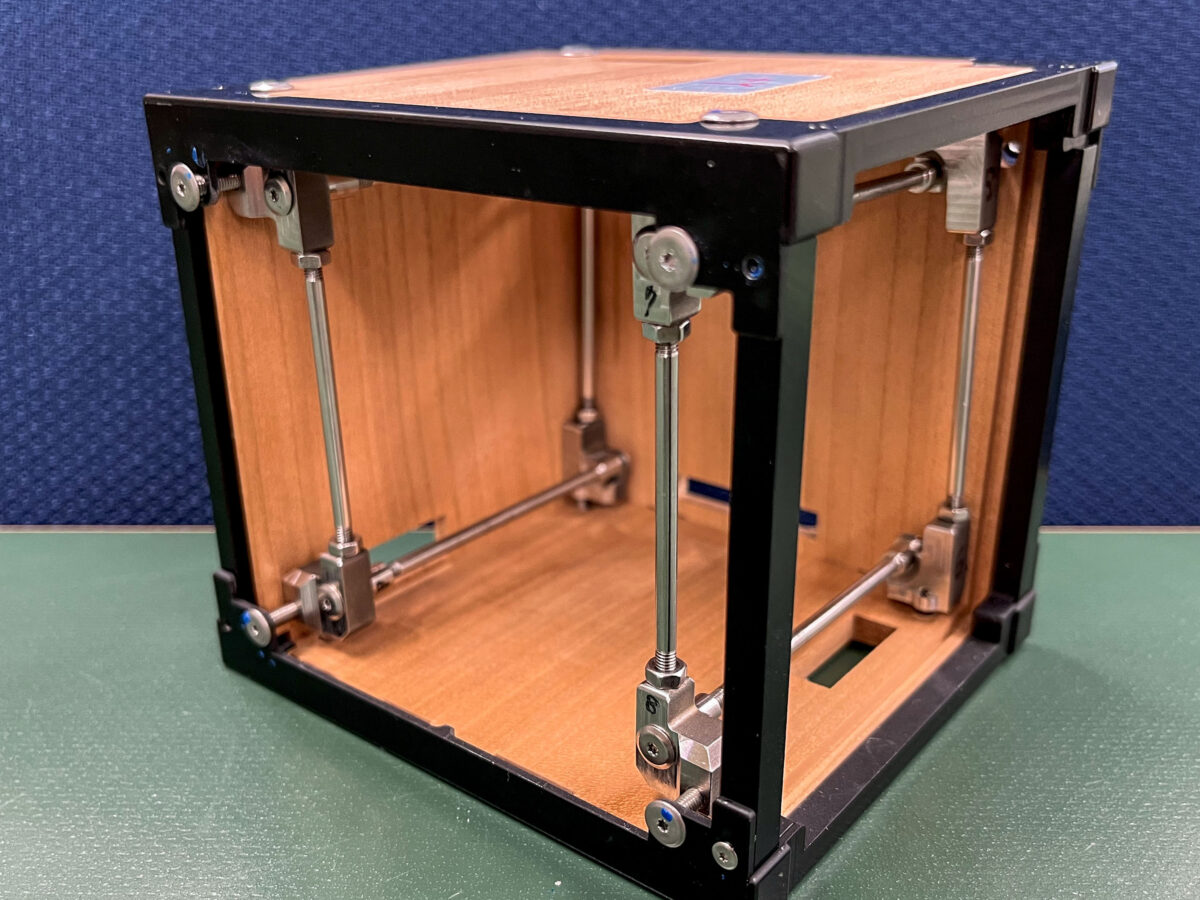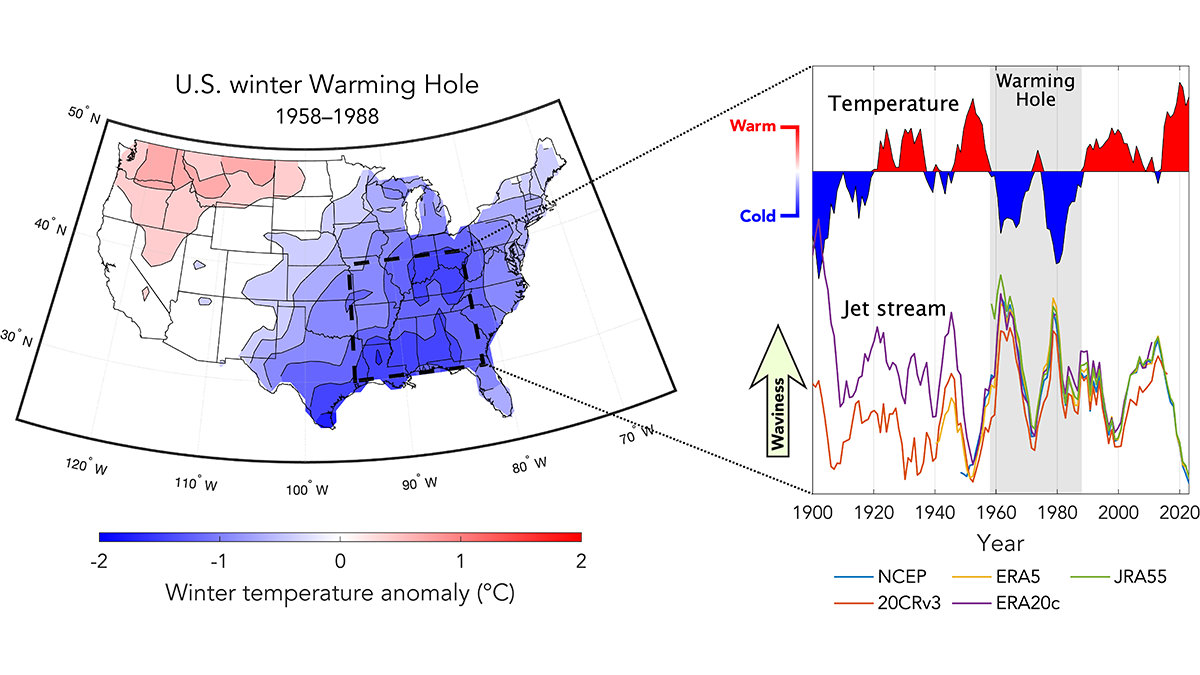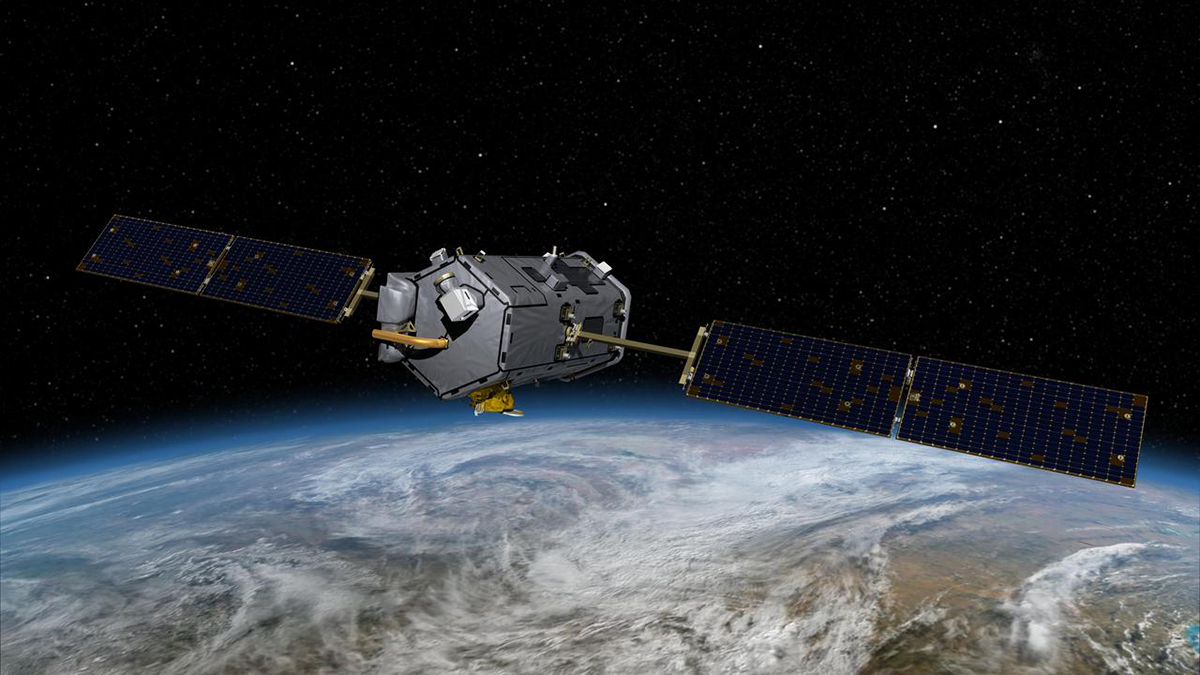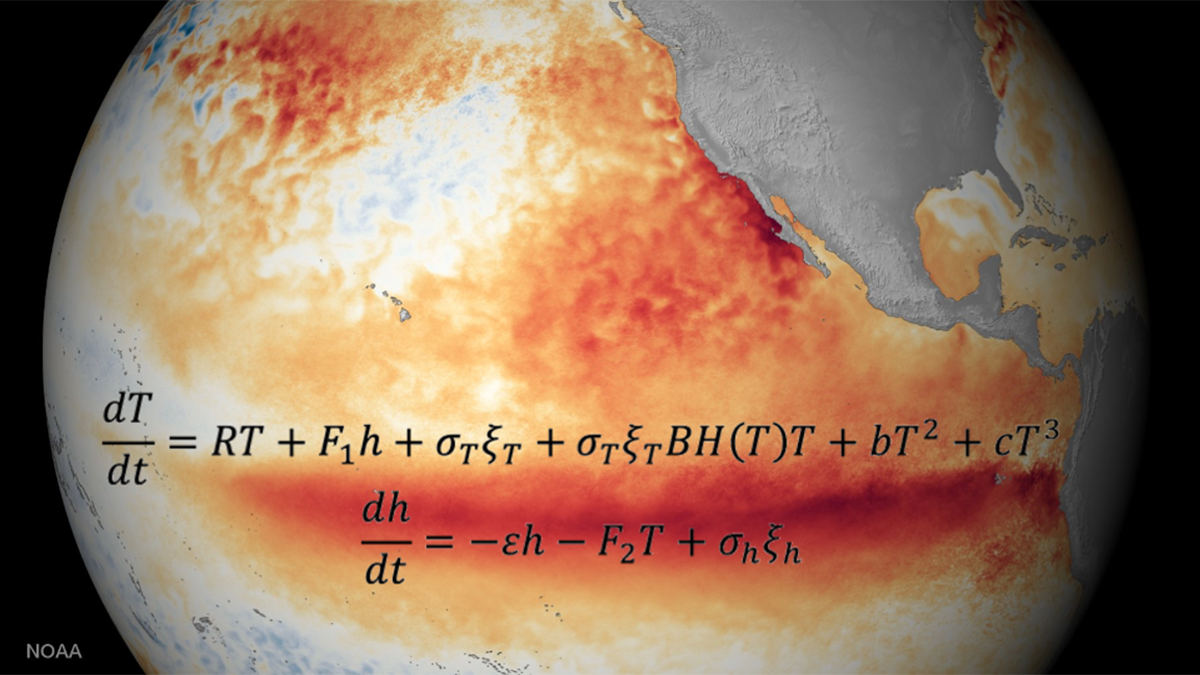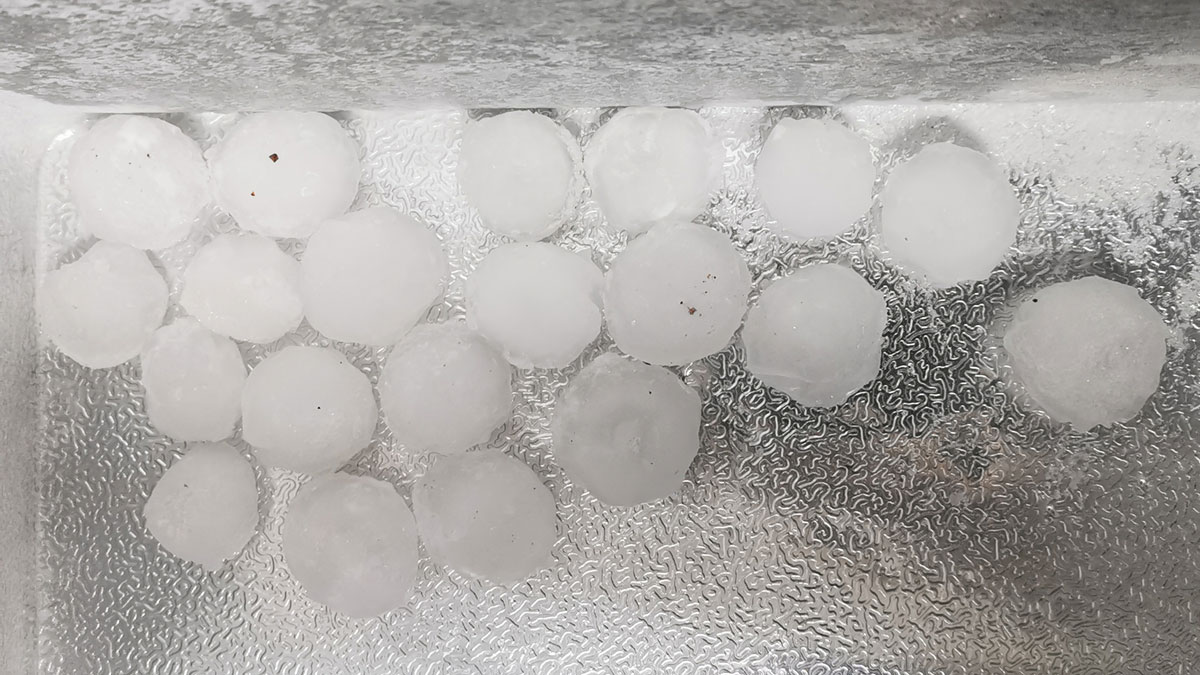Synthetic tracers are useful in defining the chemically-heterogeneous tropopause in chemical transport models, especially where more traditional gradient-based tropopause methods may be lacking.
everything atmospheric
Earth’s Energy Imbalance is Growing Faster Than Expected
Satellite observation of the imbalance between incoming and outgoing radiation in the atmosphere, which causes global warming, shows growth beyond what climate models have predicted.
A New Satellite Material Comes Out of the Woodwork
With lessons learned from their first attempt, Kyoto University scientists hope a second CubeSat made of magnolia will spark an age of wooden spacecraft.
The Mid-20th Century Winter Cooling in the Eastern U.S. Explained
A new analysis of historical jet stream behavior reveals that increases in jet stream waviness accounted for 55-71% of winter cooling in the eastern United States from 1958 to 1988.
ARMing SCREAM with Observations to Expose Cloud Errors
Modern ARM observations expose persistent process-level errors in a global cloud-permitting model, guiding future developments and improvements.
Inside Volcanic Clouds: Where Tephra Goes and Why It Matters
Monitoring and forecasting the movement of volcanic clouds is key to mitigating the impacts on communities, infrastructure, and air traffic.
Coverage Factors Affect Urban CO2 Monitoring from Space
Orbital mechanics and environmental factors limiting the ability of Orbiting Carbon Observatory missions to collect data in space and time affect city-level monitoring, reporting, and verification goals.
Two Equations that Unlock El Niño
Despite the El Niño–Southern Oscillation’s global reach and complex ocean–atmosphere interactions across timescales, two simple, elegant equations capture its key dynamics and defining properties.
Is Your Shampoo Washing Up in Antarctica?
Researchers have found chemicals from personal care products like shampoo, deodorant, and laundry soap in Antarctic snow.
Isotopes Map Hailstones’ Paths Through Clouds
Hailstones have been said to bounce up and down through clouds as they grow. A new study found that many stones take much simpler paths.



